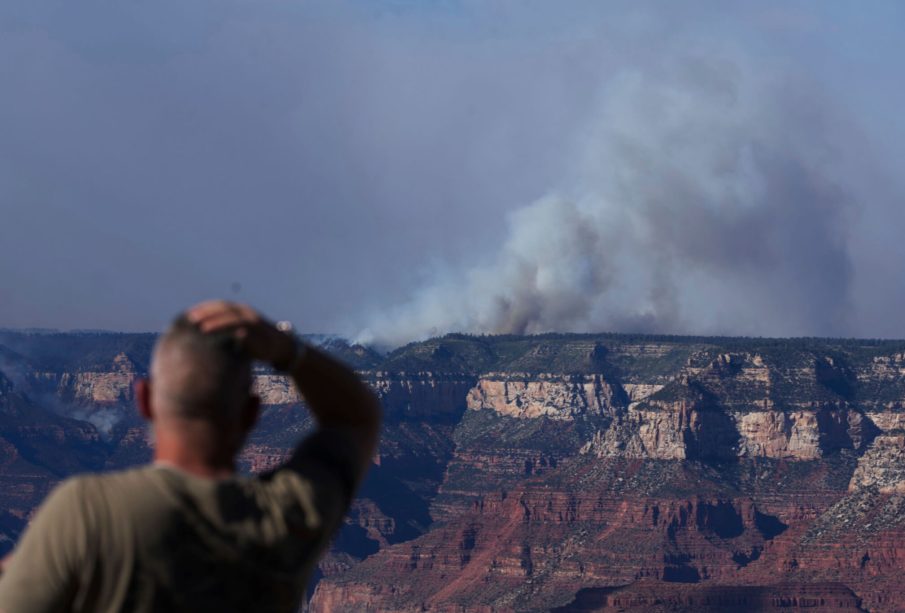Recent Developments on the Grand Canyon Fire

Introduction: The Importance of the Grand Canyon Fire
The Grand Canyon is not only a breathtaking natural monument but also a vital ecosystem that attracts millions of tourists each year. Recently, a fire broke out in part of the Grand Canyon National Park, raising concerns among environmentalists, local authorities, and visitors. Understanding the implications of this fire is essential, as it affects wildlife, tourism, and the overall health of the park.
Details of the Incident
On October 20, 2023, a wildfire was detected in the North Rim area of the Grand Canyon National Park. The latest reports from the National Park Service (NPS) indicate that the fire has affected approximately 1,500 acres of forested land. High winds and dry conditions have led to rapid growth of the flames, prompting a swift response from firefighting teams.
Emergency measures include road closures and evacuations in the most affected areas to ensure visitor safety. The NPS has mobilized over 200 firefighters, along with helicopters and air tankers for air support. Currently, containment efforts are in place, with firefighters working tirelessly to protect key landmarks and habitats that are home to various species, including endangered ones.
The Impact on the Environment and Community
The fire poses significant challenges to local wildlife, disrupting habitats essential for many species. In 2021, a similar fire event in another area of the park led to temporary habitat loss, but ecosystems often exhibit resilience and can regenerate over time. This current incident is under close ecological review to assess its long-term effects.
In response to the fire, local businesses that rely on tourism are feeling the impact as well. Visitation to the park has lessened due to road closures and health concerns, resulting in decreased revenue for nearby townships.
Conclusion: Looking Ahead
As the situation develops, the National Park Service continues to assess the fire’s spread and impact. Forecasts suggest cooler temperatures and potential rain, which could aid firefighting efforts. However, the unpredictability of wildfires remains a concern. This event serves as a reminder of the importance of wildfire management and preparedness in national parks, particularly in the context of climate change which has increased the frequency and intensity of such occurrences.
For visitors planning to experience the Grand Canyon, constant updates from the NPS are crucial to ensure safety. The fire represents not only a challenge but also an opportunity for discussions on environmental strategy and fire ecology in America’s national parks.









